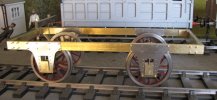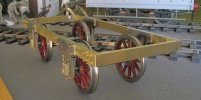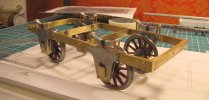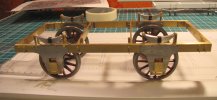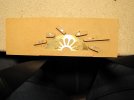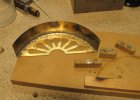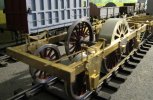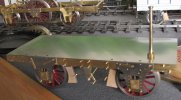NickB
Western Thunderer
Mike,
The story is complicated and the evidence is sparse, but as far as the LSWR was concerned, in the early years up to about 1850, locos were mainly bought from outside contractors and it is known that many of these were made with iron domes because there are records that they rusted in service. The company started building its own locos in the 1840s and the use of contractors dropped off within a few years. We don't know what Nine Elms did, but photos of Beattie engines in the 1860s and 70s suggest a mixture of painted body colour and polished brass, so presumably brass was used for many if not all of them.
Sorry, Jon, for diverging from your posts.
Nick
The story is complicated and the evidence is sparse, but as far as the LSWR was concerned, in the early years up to about 1850, locos were mainly bought from outside contractors and it is known that many of these were made with iron domes because there are records that they rusted in service. The company started building its own locos in the 1840s and the use of contractors dropped off within a few years. We don't know what Nine Elms did, but photos of Beattie engines in the 1860s and 70s suggest a mixture of painted body colour and polished brass, so presumably brass was used for many if not all of them.
Sorry, Jon, for diverging from your posts.
Nick

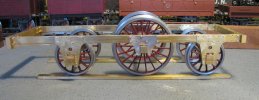
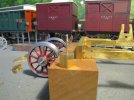
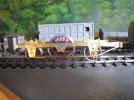
 .
.